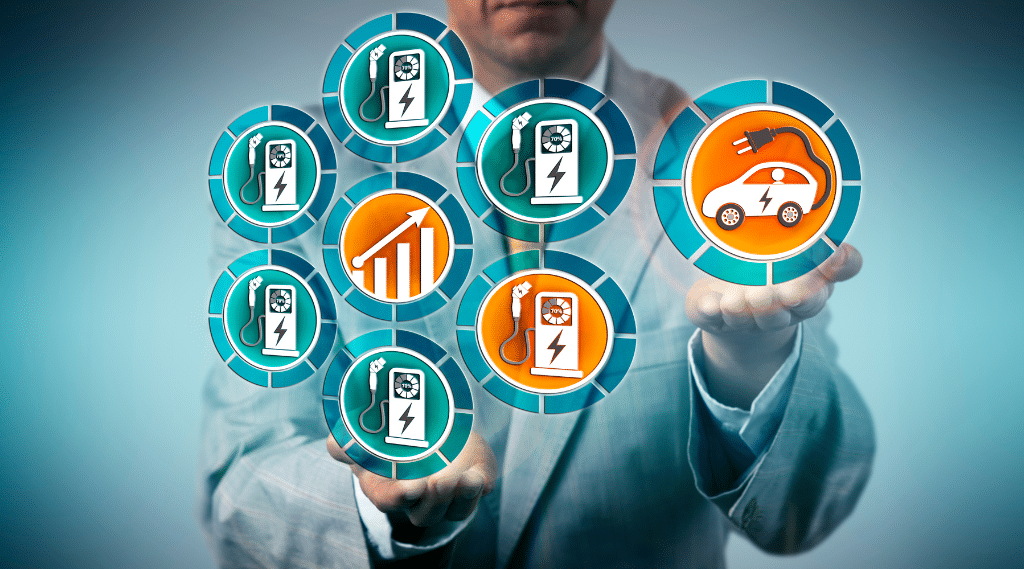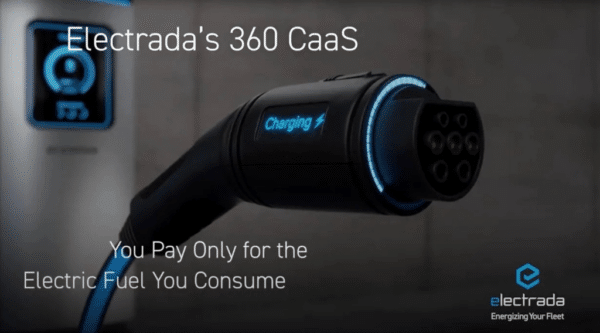Fleet electrification is a complex process, and there’s no one-size-fits-all blueprint for success. However, fleets can kickstart their electrification journey by carefully assessing their requirements, timelines, resources, and goals. Given the extensive nature of the process, interdependencies of projects, and involvement of multiple stakeholders, starting early significantly improves the overall outcome.
Based on our experience working with fleets, we have compiled 14 crucial considerations that fleet owners and operators need to evaluate when planning their charging infrastructure:
- Understand the Delivery Date of Initial EV(s)
Evaluating charging infrastructure alongside vehicle selection is wise, as it enables the rightsizing of infrastructure based on vehicle type, range, and dwell times. - Estimate the Number and Expected Growth of EVs in the Fleet
Assessing the entire fleet turnover plan and growth projections ensures that the EV charging infrastructure aligns and scales effectively, remaining future-proof. - Determine the Fleet Charging Model
Different models exist, such as take-home, public, and depot charging. In this article, we focus on class 6-8 vehicles with a return-to-depot model, such as last-mile delivery vehicles. Consider various charging types within this model, such as overnight, daytime and night, and 24-hour in-and-out use cycles, as the time of charging can significantly impact electricity rates. - Understand Fleet Usage Patterns, Routes, and Driving Distances
Detailed vehicle operation insights through telematics can optimize the charging schedule and minimize vehicle downtime. Coordinating charging with maintenance activities can boost asset utilization rates due to time savings from combining non-revenue generating tasks. - Determine the Type of Charging Required
Given that 80% of fleets have dwell times of about 6 hours or more, they are well suited for L2 (208-240 V, 3 kW – 19 kW AC power). Although Direct Current Fast Charging (DCFC) can provide quicker charging, it often requires a larger infrastructure investment (Electric Vehicle Service Equipment (EVSE) + associated electrical upgrades), and will also impact demand charges. There are many options in terms of charging station configurations, including wall and pedestal mounted, dual-dispensers and an integrated power cabinet dispenser. Power rating vary between EVSE models and may also depend on specifications on the vehicle’s on-board charger. At this time fleets should develop an EVSE layout to plan for the physical location of the EVSE. - Calculate EV Fleet’s Baseline Energy Needs
To accurately determine the type of charging needed, 3 inputs are needed: (1) Energy needed per charge (Vehicle Miles Traveled (VMT) between charges x EV energy consumption rate (kWh/mile); (2) Total charging energy required (sum of all EV in fleet); (3) Average power required to charge (total charging energy required / charging time (hours). - Review Onsite Power Management and Energy Storage Solutions
Deploy load management solutions to balance critical and non-critical loads, optimizing charging at optimal rates and potentially storing electricity onsite for later use. Fleets may be pulling power when it’s cheapest and storing it onsite so it can be tapped when needed without paying the high price that may be in effect when it’s needed most. - Estimate Electrical/Utility Upgrades Needed
Electrical utilities are responsible for investments to-the-meter (TTM) such as power lines, transformers, and the meter itself. Then, it’s the fleet’s responsibility for behind-the meter (BTM) assets such as electrical panel, switchgear, and EVSE. Some utilities provide incentives and rebates. Given the additional power consumption, fleets’ current electrical capacity, applicable load management solutions, and future charging growth, it’s prudent to determine if the depot’s electrical infrastructure is rated to handle the extra load. If not, this is the time to start planning electrical upgrades and making sure the plan meets utility eligibility requirements. - Work with Utility on Favorable Rate Structures and Maximize Incentives
Depending on the location(s) of their depots, fleet operators may need to negotiate with multiple electric utilities to enter into favorable terms and rate structures. Other impacts on electricity include: EV-specific, Time of Use (TOU), and peak day rates. Additionally, fixes, seasonal and power factor adjustments may be applicable.
Many utilities are also offering fleet electrification programs that help accelerate on-site electrical upgrades, however, fleets should be prepared for a minimum 12-18 month implementation timeline once the project receives utility approval. - Take Advantage of Local, State, and Federal Incentives
In addition to working with their local utility, fleets may also have a number of local, state and federal charging infrastructure incentives that they may be eligible for. Many of these have vehicle or other interdependencies, and often have program deadlines and quotas, so it’s vital to keep track of all the deadlines and submission criteria. - Develop an Implementation Timeline
With the above information in hand, fleets can now transition from planning to implementation by designating project leads and utilizing productivity tools to track progress. - Develop an EVSE O&M Plan and Report on Key Metrics Post-Deployment
After charging infrastructure implementation is completed, the fun continues. During deployment, fleets can look to develop reporting mechanisms that will help them gauge the success of the electrification program. One important KPI is O&M and TCO savings. If there is significant Capex associated with the infrastructure deployment, fleets may need to have detailed ROI analysis, including considering hardware depreciation. While there are significant cost reductions from switching fleets from ICE to EVs (less wear and tear, no oil changes, no mechanical moving parts), the impact of charging schemes on operations should not be overlooked. Another really important metric is uptime, or the availability of the vehicle to be on-route. - Report on ESG and GHG Metrics
As part of their supplier agreements, sustainability goals, and shareholder mandates, fleets may be required to report on their carbon emissions and GHG reductions. Many fleets need to hire sustainability professionals who include these metrics in their annual company reports. - Finding the Right Electrification Partner
One of the most important decisions (or sets of decisions) fleets need to make is which disparate resources will be required for different stages of the electrification process, such as consultants, engineers, contractors, and incentive procurement specialists.
These considerations are pivotal in crafting an effective EV charging infrastructure plan for fleets. Electrada’s 360 CaaS streamlines this process by centralizing and managing all steps, covering Capex, mitigating risks, and offering a fully customized electric fuel solution, supported throughout the life of the relationship. With potential lifetime savings of up to 70% or more compared to DIY approaches, Electrada helps fleets ease the burden of electrification, allowing them to focus on their core business operations.



